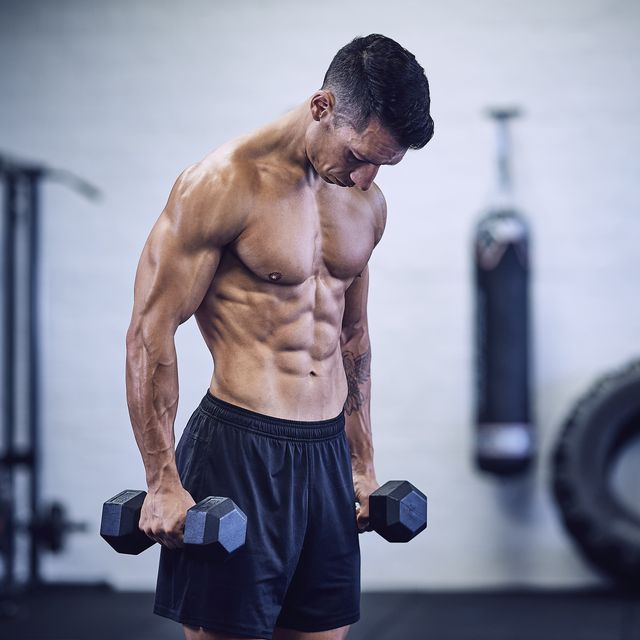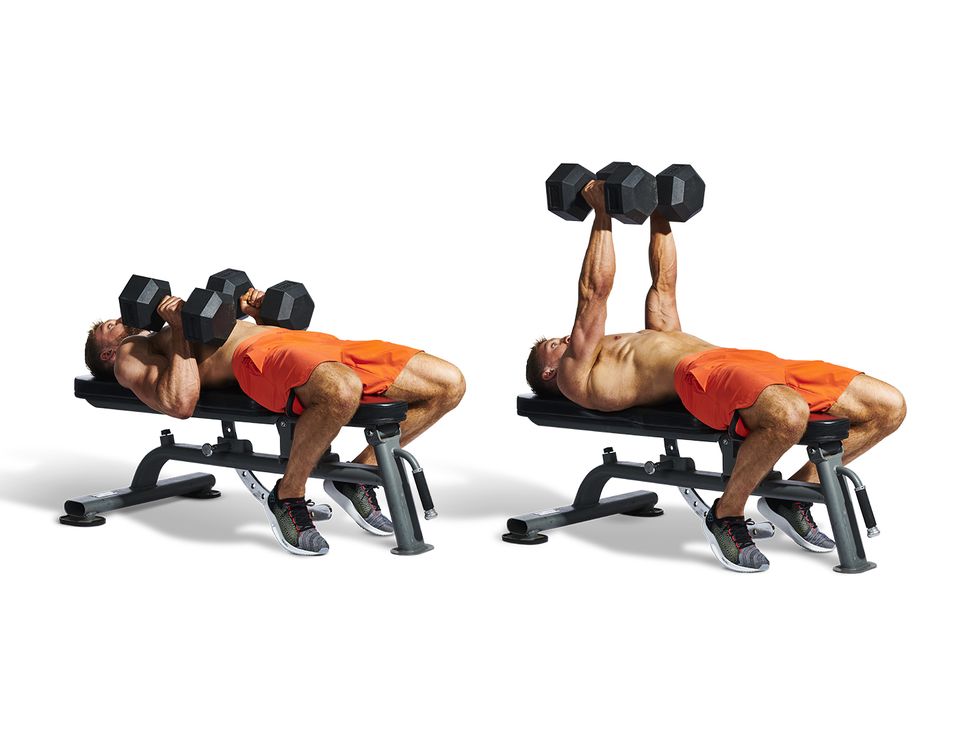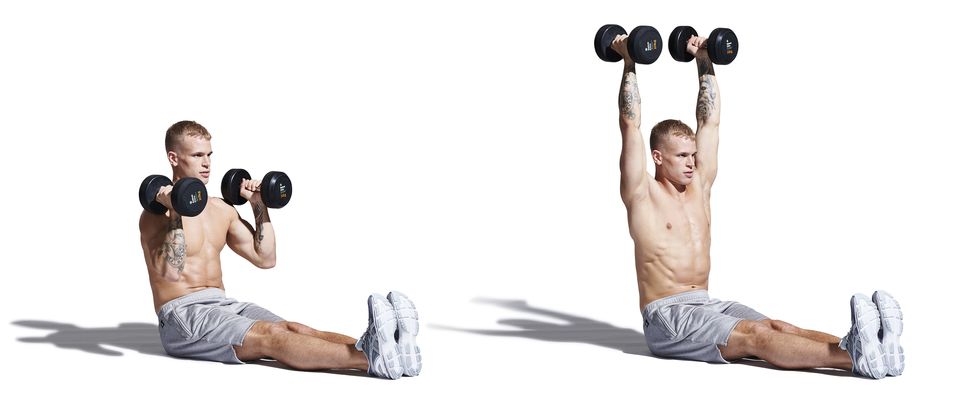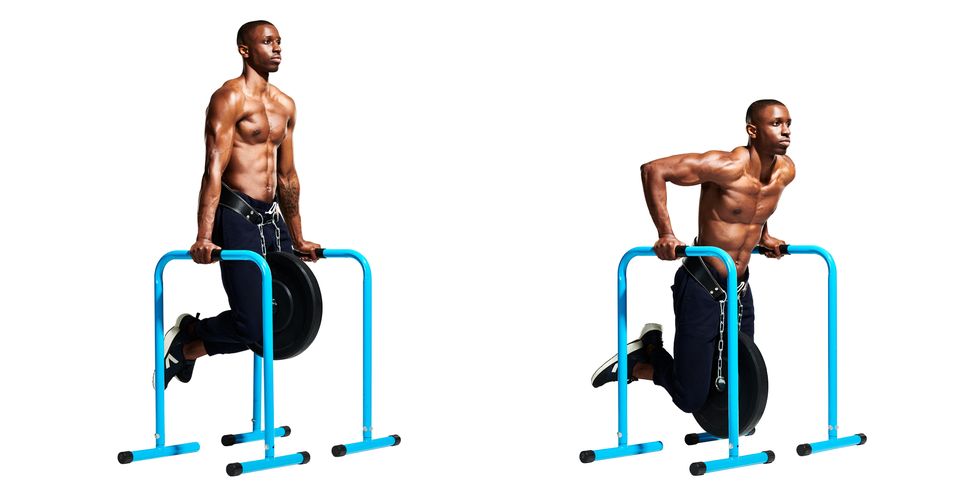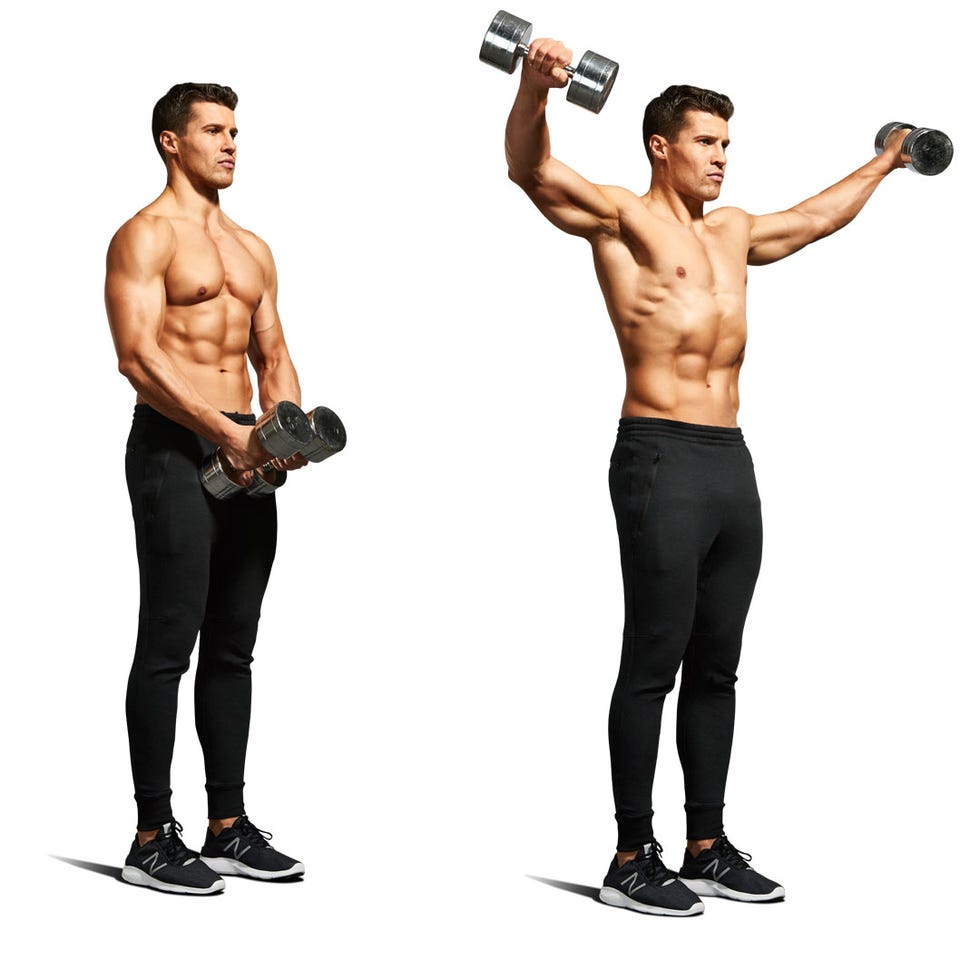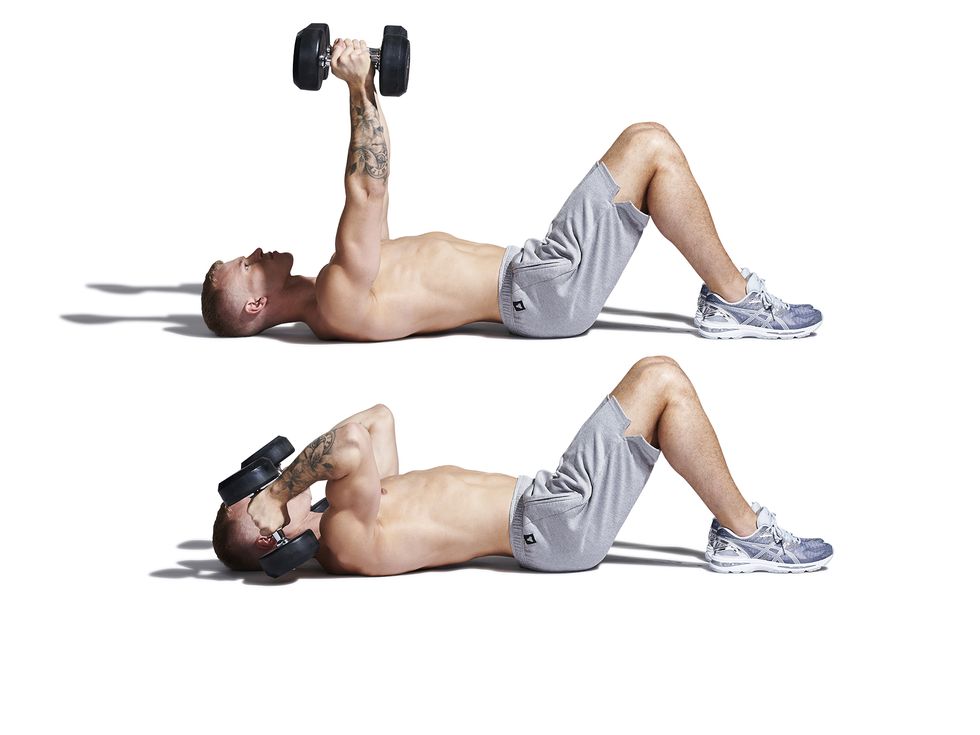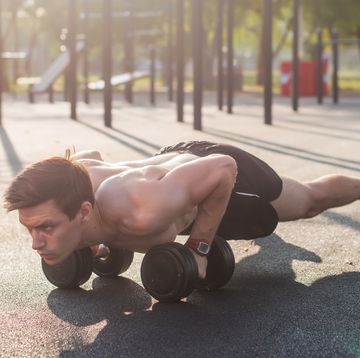Whether we’re talking 5x5, 3x10 or 8x8, sets and reps are the bread and butter of writing training programmes. But there’s a paradigm shifting, high-intensity method that tips the idea of sets x reps on its head with one intent — build more muscle, fast.
The ‘Rest/Pause’ method is an advanced bodybuilding technique that sees you taking your sets as close to absolute failure as you safely can, however many reps it takes, before taking short, ‘pauses’ and continuing on, again aiming for failure.
The rationale behind this method is that by not giving your muscles anywhere near enough time to fully recover, you force them to tap deeper and deeper into their reserves, forcing fresh new muscle growth while also building mental tenacity and elevating your pain threshold – all important elements in busting through muscle building plateaus.
Fail, Breathe, Repeat
As an example of putting the rest/pause method into practise, let’s suppose your training programme calls for three sets of ten reps of chest presses. Instead of simply going through the motions, hitting ten reps, taking a walk around the gym, updating your Instagram and haphazardly starting the second set when you eventually remember what you’re supposed to be doing — you start by performing as many reps (with impeccable form) as you can, only stopping once you can literally no longer drive the weights off your chest. Then, sit-up, take ten long, deep breaths, grab your weights and go again. Repeat this procedure of ‘fail, breathe, repeat’ until you hit all thirty reps, at this point you’re done, and trust us— you’ll be done.
Faster, Stronger, Bigger
Initially your sets may look something like— thirteen, seven, five, three, two, but once you can hit all thirty reps in just two to three sets, you know it’s time to crank up the weights and start again. This type of ‘progressive resistance’ is the cornerstone of muscle building.
As you repeat sessions and add weight, be sure to stick to that all important rest interval of just ten deep breaths to ensure that you’re not giving yourself anymore (or less) time to recover.
You won’t need much more than one to two exercises per body part, per session using this technique. In fact, if you’re getting it right, you won’t be able to handle much more. So, choosing two to three body parts per session, working from the biggest, toughest movements down to the least is your ticket to success.
Not For Everyone
Although it’s simple on paper, this is an advanced technique that’s designed for eliciting fast muscle growth in intermediate trainees stuck in a plateau. If you don’t have much experience under your belt, then sticking to ‘straight sets’, building strength and nailing your form is still the way to go for you. If you are planning on trying this method as a relative newb in the weights room, use it sparingly— keeping it for the final exercise of your workout, or only deploying it on lagging body parts.
It’s also critical that you keep your form as sharp as a tack when working at this intensity. As such higher risk exercises such as deadlifts and squats should be avoided, and movements such as the bench press should only be performed with a spotter. I’m speaking from experience here.
The Push Workout
Muscles Worked: Chest, shoulders and triceps
1. Dumbbell Bench Press x 30
Pick a pair of dumbbells you would use for 3 sets of 10, or a weight you couldn’t press for more than 15 reps . Lay flat on your bench, dig your feet into the ground and press your bells into the air, locking out your elbows (A). Lower the bells slowly until they touch your chest (B) keep your elbows at 45 degree angle to your body, pause here before explosively pressing back up. Repeat. Once you can no longer lock the dumbbells out overhead, drop them to your knees and take ten deep breaths. Repeat.
2. Dumbbell Z-Press x 30
Take a seat on the floor with your legs outstretched and a pair of dumbbells on your shoulders. (A) Take a breath and brace your core, keeping your torso upright press your dumbbells overhead (B). Lower under control to your shoulders. When you can no longer lock the weights out overhead, or control their descent, take your ten breaths before continuing on.
3. Dips x 50
Jump up on two parallel bars or gymnastics rings with your palms facing inward and your arms straight (A). Slowly lower until your elbows are at right angles, ensuring they don’t flare outward (B). Drive yourself back up to the top and repeat. Once you can no longer lift yourself out of the bottom, stretched position, rest. If you can perform more than 20 reps with your bodyweight, add weight.
4. Lateral Raises x 50
Stand tall holding a pair of light dumbbells at your sides (A) Raise both arms up, straight, either side of your body until they’re parallel to the ground (B). Pause here before slowly lowering the dumbbells under control to your sides. Use weights that allow you to get at least 20 reps in your first set.
5. Dumbbell Tricep Extensions x 50
Lay flat on a bench or the floor with your dumbbells locked out above your chest (A). Bend at the elbows, slowly lowering the bells towards your forehead, whilst keeping your upper arms locked in place. Stop just short of the bells touching the floor (B) before pressing back up explosively. Repeat. Only stop once you can no longer straighten your arms.
